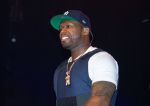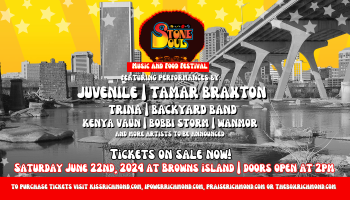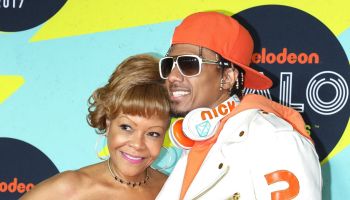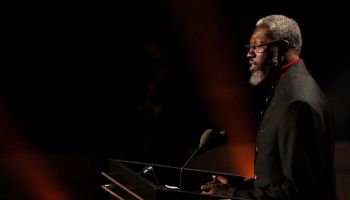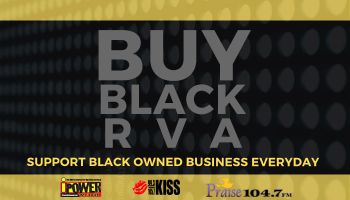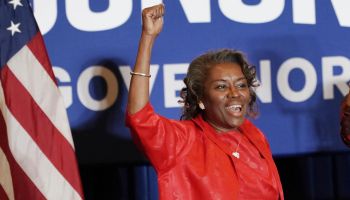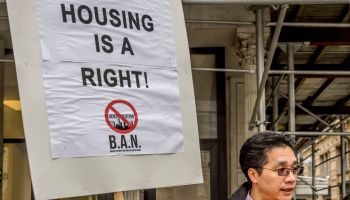However, once they scored a “crossover” hit, those same artists became unavailable to Black periodicals. Or, they’d give Black publications 10, 20 minutes to do an interview. Meanwhile, writers from magazines like Rolling Stone, People, Us and Vanity Fair would be invited by the label, the artist’s management or the act itself to spend days with Black acts that suddenly found themselves hot with white audiences, crisscrossing the country on the act’s private bus or jet, hanging out with them, even vacationing with them, to get their story.
The color of the reporter wasn’t necessarily the problem; just the hue of the audiences to which a publication catered. In 1978, when Canadian singer/songwriter Gino Vannelli had his pop breakthrough with the ballad, “I Just Wanna Stop,” I was assigned by Oui Magazine, Playboy’s younger, hipper adult monthly, to interview him. To get me to Vannelli’s home in a suburb just outside Los Angeles, A&M Records, his label, had me picked up at my apartment in a big, black limousine. I interviewed other A&M artists–Black acts who sold far more records than Vannelli—and never had I been limo-ed to the interview.
The Black press understood the R&B artist’s zeal for mainstream exposure; we still “get” it. We simply wanted equal access—-at the very least, enough time that could be deemed professional in conducting an interview. Regrettably, this kind of thing still goes on with today’s big Black stars.
For the record, it was Cynthia Horner, former longtime editor of the legendary Right On!, America’s first major Black fanzine, who first presented Prince to the reading public nationally—-interviews, color posters, the whole bit-—back in the ‘70s. Cynthia used to tell me how Prince would randomly call her at her office at any time of day from a phone booth (pre cell phones), talk about strange stuff, including asking about other artists the magazine covered, then suddenly say he had to go…and hang up.
Prince’s PR man called me with the invitation to Paisley Park once a week for three weeks, and for three weeks I said no. The fourth time, he was frustrated. “Look, he’s not going to sit for a formal interview,” he said. “That’s just not going to happen. But he’s going to talk. He just doesn’t want me to tell you that because he doesn’t want to be obligated.”
The publicity guy no longer had to sell me on the trip. I’d already come to my senses regarding the matter. So what if Prince didn’t want to talk. It’s Prince. Rehearsing. Hell yes. I am there.
By any standard, Paisley Park is impressive. Located in the small town of Chanhassen, Minnesota, just outside Minneapolis, Prince had the $10 million state of the art facility built from the ground up. It opened for business in 1988.
Batman has the Batcave, Superman has his Fortress of Solitude and Prince had Paisley Park. The place is the true creative artist’s dream. There are recording studios. Soundstages big enough to accommodate an arena-sized concert stage so that an artist may rehearse using the same stage and effects they will take out on the road; soundstages big enough on which to shoot movies. Tons of musical instruments and the latest technical gear. A second level features offices and private living quarters. The facility’s interior is tastefully designed throughout.
When Prince opened Paisley Park, folks in the industry said he was crazy for building it–said he’d lose it in a few years–but it turned out to be one of the best things he ever did.
When the PR guy picked me up at the hotel he reminded me that I couldn’t bring a tape recorder or pen and pad. Prince’s rules. He led me inside Paisley to the hangar-sized soundstage where Prince and the New Power Generation were working. Rehearsal had yet to begin; the band was onstage with their instruments chatting, but there was no Prince in sight. So I decided to take a walk through the facility.
During my little expedition I came upon a room occupied by two women sitting at a huge table on which different kinds of fabric were strewn about. On bulletin boards were pinned fashion sketches. Around the room, mannequins stood at the ready. Lots of sewing machines. I’d stumbled onto Paisley’s 10-person wardrobe department, which made all of Prince’s clothing, stage wear for his band and, occasionally, clothes for his girlfriend of the moment.
Standing in the doorway, I said to myself aloud, “Wow, so this is where Prince’s costumes are made!”
One of the two women, measuring tape hanging around her neck, looked up at me over reading glasses sitting low on her nose. “My good man,” she said with reprimanding nonchalance, “we don’t use the ‘C’ word around here. These are not costumes. Prince dresses like this everyday.”
Casual Fridays be damned.
James Brown once told me that “a true star, no matter when or where you see them, should always look like someone who somebody would pay good money to see.” I loved the “good money” part. Early on, Prince apparently took this as his canon.
Actually, it was his local Minneapolis fans, in their early worship, who demanded that Prince be “different” from them. According to legend, the young musician, a couple of hits under his belt, would run into supporters around town and sense their disappointment at his civilian wear. After experiencing this more than once, Prince struck with himself an immutable covenant: at all times in public, be dressed to kill.
Hearing the muted sound of musical instruments in the distance, I beat it back to the soundstage. On the platform with New Power Generation, front and center, stood Prince. His back was to where an audience would have been. Music wasn’t being played–crunching various guitar foot pedals under one of his celebrated high heels, he appeared to be checking out equipment.
Rehearsal being rehearsal, the musicians had reported for work in denim cut offs, tank tops, sweats, jeans and sneakers. Flip flops. The boss, on the other hand, was resplendent, head to toe, in canary yellow.
I walked over to Mr.Publicity Man, standing at the back of the soundstage, near the sound board. From a corner of this huge room waved Benny Medina, then a Warner Brothers Vice-president and head of Black Music, who today manages Jennifer Lopez. I asked the publicist where were the other invited journalists. “What others?” he said. “It’s just you.”
Prince, still fiddling with the floor pedals, counted down and directed the band through a mid-tempo instrumental passage before abruptly waving them quiet. A tech support person came over to take a look at those pesky pedals, as Prince told NPG to take a break.
That Time Prince Invited Me To Hang Out At Paisley Park was originally published on blackamericaweb.com







